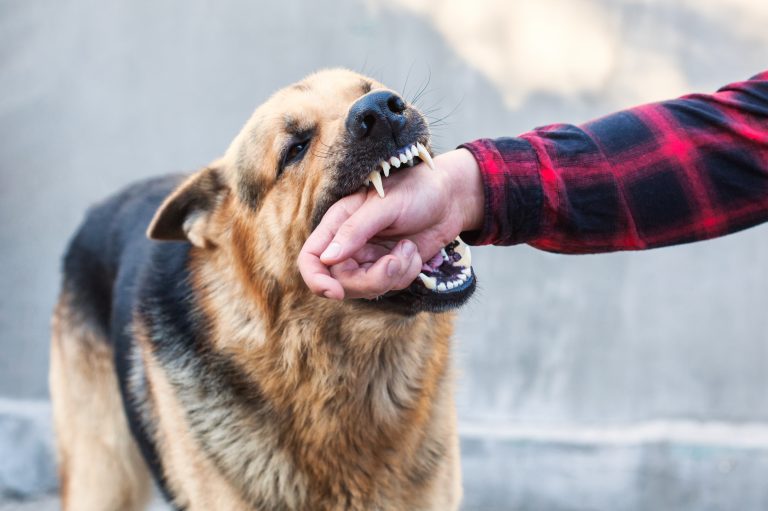The latest Public Health Bulletin South Africa (PHBSA) surveillance report calls for heightened awareness against rabies. Rabies is a viral disease transmitted primarily through the saliva of infected animals, mostly dogs, through bites, scratches, open wounds, or mucous membranes. Most human rabies cases are linked to dog bites, and the disease is almost always fatal once symptoms appear.
The study, “Epidemiological trends of animal bites and human rabies cases in Limpopo, South Africa, 2011–2023: A retrospective review,” underscores the importance of ongoing surveillance to monitor bite incidents and human rabies cases and to identify high-risk areas for targeted interventions.
Rabies remains a serious public health threat in South Africa, particularly in the Eastern Cape, KwaZulu-Natal, and Limpopo provinces. Most human rabies cases are reported from these provinces.
While rabies is almost 100% fatal, it is preventable through timely and appropriate post-exposure prophylaxis (PEP) in humans following possible exposures. Rabies in dogs (and cats) can be controlled through vaccination. Each pet owner has a responsibility to contribute to reducing the risk of rabies by ensuring their pets are vaccinated against rabies. Understanding local patterns of animal bites and rabies exposure is essential to guiding targeted interventions, improving vaccination coverage, and ultimately saving lives.
Ms Unarine Makungo, lead author of the study, noted: “This article provides vital, evidence-based information on the ongoing risk of rabies in Limpopo province, where outbreaks still occur and children are disproportionately affected. It highlights the importance of dog vaccination, public awareness, and timely medical care after animal bites. The findings are directly relevant to healthcare providers, policymakers, and community members who play a role in rabies prevention and control.”
Ms Makungo added, “I hope this surveillance will help guide targeted vaccination campaigns in high-risk areas, ensuring that at least 70% of the dog population is vaccinated. It should also inform public education initiatives on rabies risks and appropriate responses to animal bites. Additionally, it can support awareness for access to free and timely PEP, particularly in rural and underserved communities.”
She also emphasised the need for stronger collaboration between the veterinary and human health sectors through the One Health approach. “Ultimately, the goal is to reduce the incidence of rabies and animal-bite injuries, moving South Africa closer to achieving zero human deaths from dog-mediated rabies by 2030.”
The study urges the public to seek immediate medical care for PEP after a dog bite. PEP is provided free of charge in the public sector and at a cost in the private sector. Wounds and scratches should be washed immediately with soap or detergent and rinsed thoroughly under running water for 15 minutes. Suspected rabid animals should be reported to veterinary services or animal health technicians – do not attempt to capture or approach the animal.
This article is part of PHBSA, an initiative of the National Institute for Communicable Diseases and the National Institute for Occupational Health, which provides timely, actionable disease surveillance information for South Africa and the broader Southern African Development Community.





